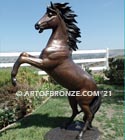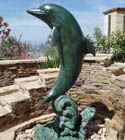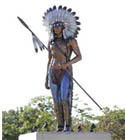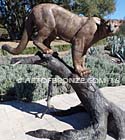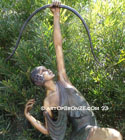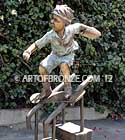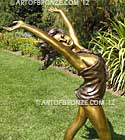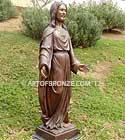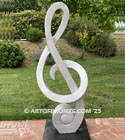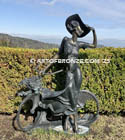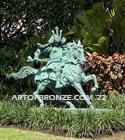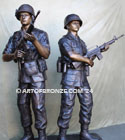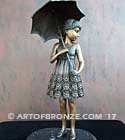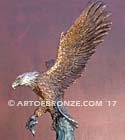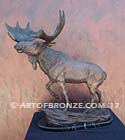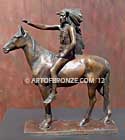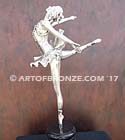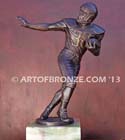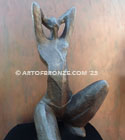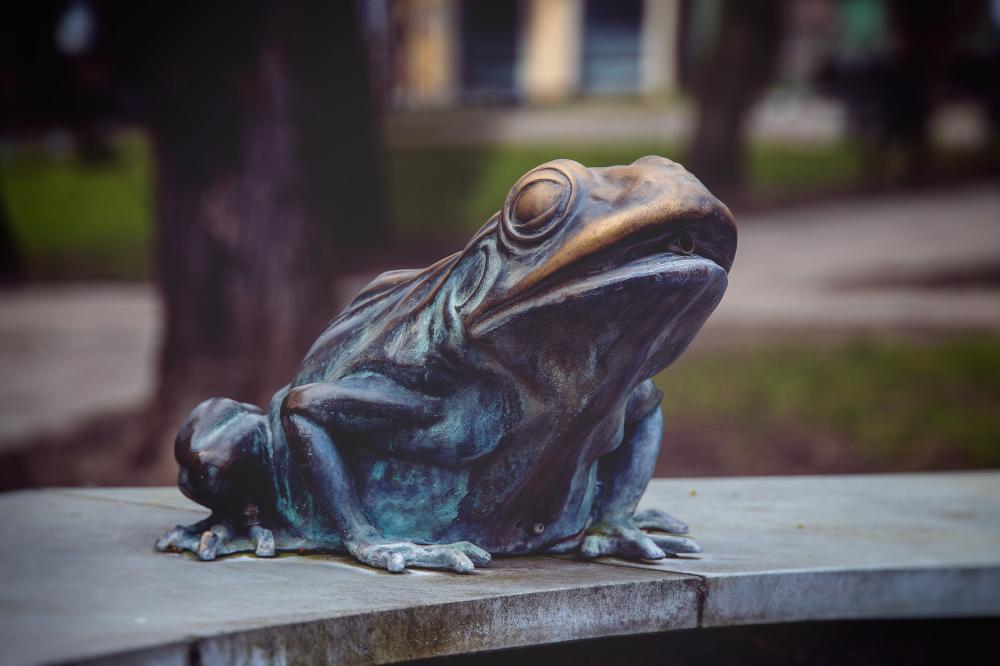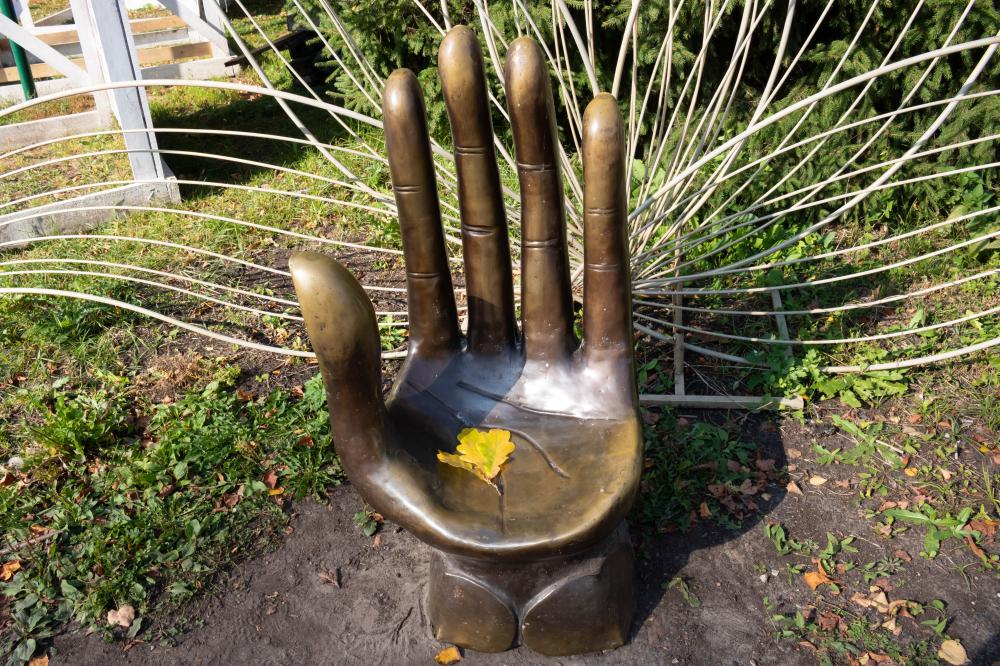Are old bronze statues worth anything?
Absolutely, old bronze statues can hold significant value, both sentimentally and monetarily. Their worth often depends on factors like the artist’s reputation, historical significance, and condition. For instance, a bronze statue from a renowned artist or one that represents a pivotal moment in history can fetch a high price at auctions. At Art of Bronze, we often deal with pieces that have appreciated in value over time, making them not just art but also a wise investment. If you own an older piece, it may be worthwhile to consult with an expert to explore its history and potential value.
How do you tell the age of a bronze statue?
Determining the age of a bronze statue involves examining several factors. First, the patina, which is the natural coating that forms on bronze over time, can give clues. Older pieces will often have a more developed patina, which expert eyes can usually gauge. Additionally, any maker’s marks or inscriptions are useful, as they often indicate the time of creation. At Art of Bronze, we utilize both traditional techniques and modern tools to assess the age of sculptures. It can be quite fascinating to uncover the stories and history encapsulated within these pieces.
How much does the average bronze statue cost?
The cost of a bronze statue varies widely based on size, complexity, and the artist’s name. A small tabletop piece could start from a few hundred dollars, while larger, more intricate pieces like those created by Art of Bronze may range from a few thousand to several tens of thousands of dollars. For public installations or custom pieces, costs could escalate further due to the bespoke nature of the work. It’s similar to commissioning a tailored suit; each detail adds to the cost but also to its uniqueness and value.
How do you determine the value of a bronze statue?
Determining the value of a bronze statue involves considering the artist’s reputation, the piece’s age, provenance, condition, and market demand. At Art of Bronze, we often conduct thorough evaluations that include historical research, condition assessments, and market analysis. Original documentation such as certificates of authenticity or historical records can substantially increase a statue’s value. An interesting anecdote is that sometimes what adds to the value is not just the statue itself but its backstory, like its previous owners or its role in historic events.
What does the bronze statue symbolize?
Bronze statues often symbolize endurance and timelessness due to the material’s durability. They can also represent cultural heritage and the artist’s vision. At Art of Bronze, our sculptures frequently capture themes of innocence, joy, or commemoration, as seen in our bronze children statues, which symbolize youthful spirit and nostalgia. These pieces can become focal points in a community or private garden, prompting reflection and connection to personal or collective histories. Consider what a bronze statue means to you personally; it might symbolize something uniquely significant.

